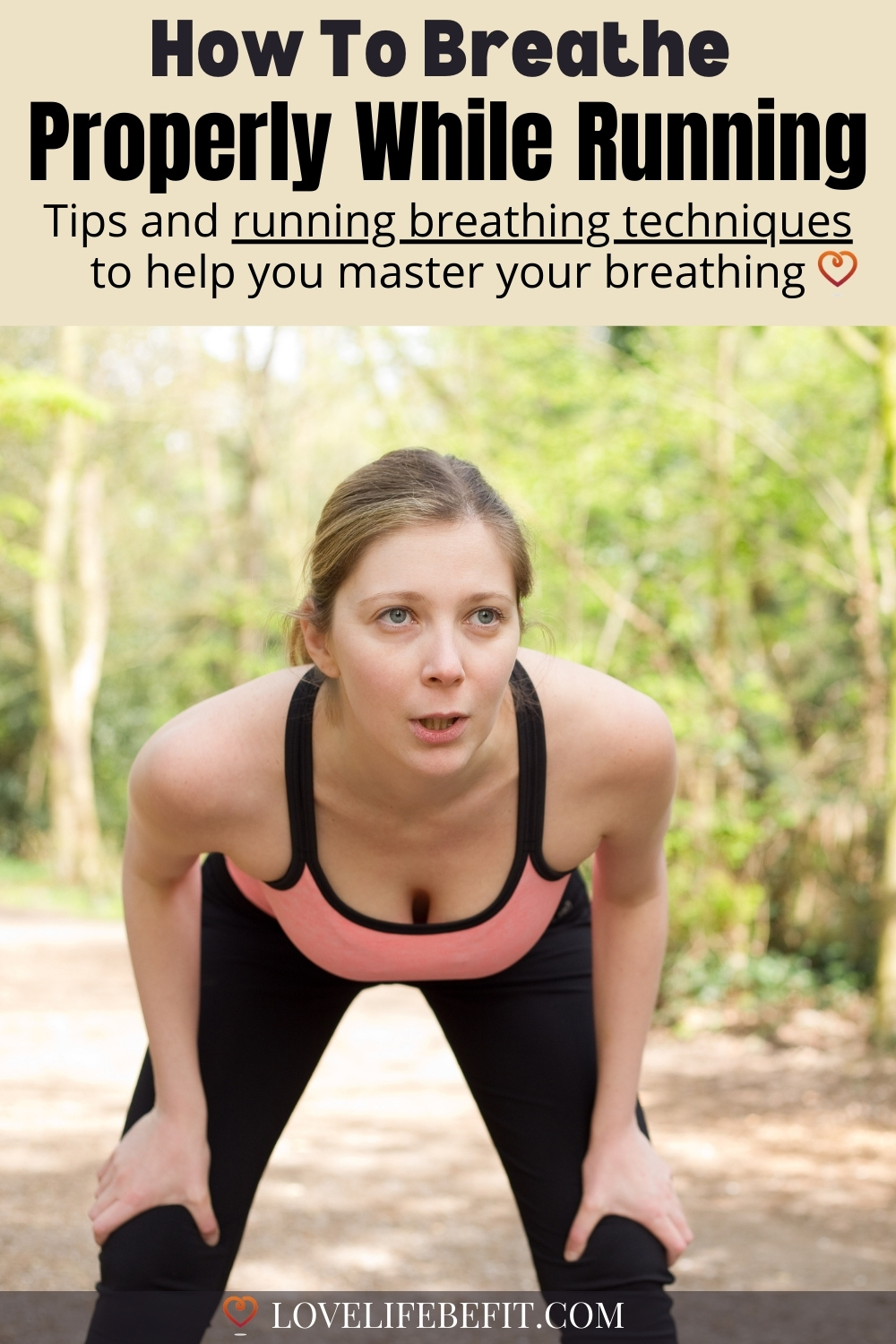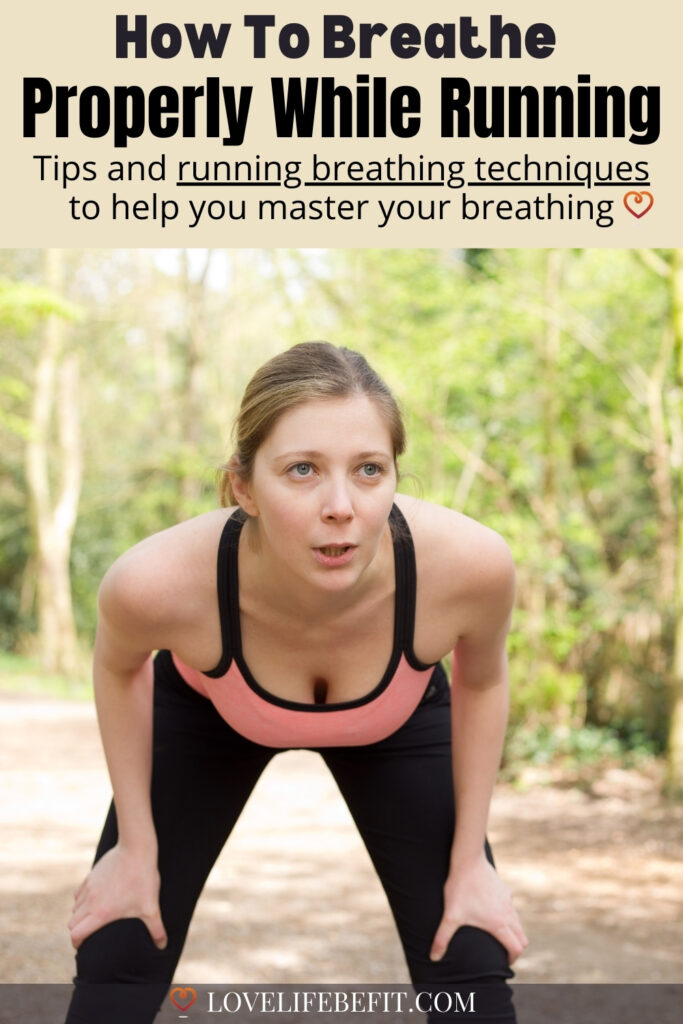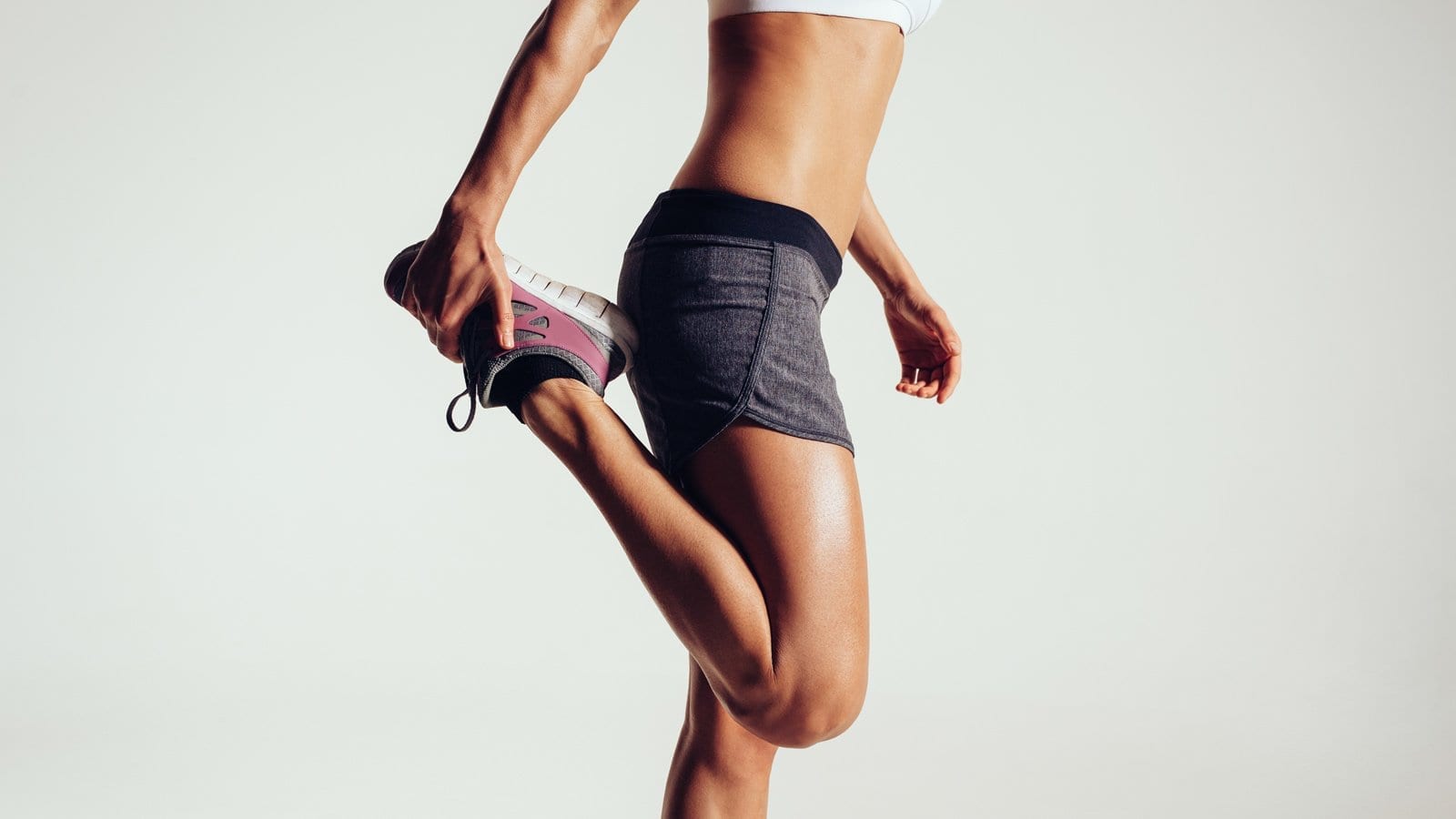Running Tips For Beginners: How To Breathe While Running
It’s not just new runners who struggle to breathe. Learning to breathe properly while running can be an issue for all runners. Even experienced runners often find themselves gasping for breath in a race or during interval training. Lung capacity can make a big difference to your performance.
These running tips aim to help your breathing while running. To help with side stitches and feeling breathless. It gets easier as you become fitter, but good breathing techniques and being able to control your breathing are essential if you want to improve at running.
Read on to find out the best breathing techniques.

Tips To Breathe While Running
1. Practice Deep Belly Breathing
When you breathe into your belly first and then let the air flow up into your chest, it’s called diaphragmatic breathing. You’re using the diaphragm to create more space for your lungs to expand. More space means greater lung capacity and more oxygen-rich blood flowing to your hard-working muscles. Less gasping for air when you’re running.
Try this tip to become aware of how you breathe:
- Lie down on your back, with legs and arms stretched out and relaxed. (It’s the corpse pose or savasana if you’ve done any yoga, but there’s no need to get technical).
- Just breathe.
- Focus on your breathing.
- Is your chest rising and falling? What about your belly? As your lungs expand and fill with air, how far down does the airflow?
- Try placing one hand on your chest and one hand on your belly as you breathe steadily. Feel where your breath is flowing.
Practice breathing into your belly first and then filling your chest area before breathing out normally. (If you’ve ever been a singer or played a wind instrument, this should come naturally).
The next time you run, try running at an easy pace for around 5 minutes and practice this running breathing technique. Fill your lungs from your diaphragm (belly) upwards.
In time you’ll start to naturally adapt diaphragmatic breathing when you run.

2. Do You Breathe Through Your Nose Or Mouth When Running?
Breathing through your nose can help protect against infections. It also warms and adds moisture to the air you breathe, so there’s less irritation to your lungs in cold, dry air. (A reason most mountaineers end up with hacking coughs after a few weeks at altitude). It can be helpful for asthmatic runners.
But breathing through your nose when you run rarely comes naturally, and most runners can only manage it at a very slow pace. When you’re running, you need to maximize your oxygen intake. That’s almost impossible unless you breathe through your mouth.
If you want to give nasal breathing a try, practice when you’re running at an easy pace. You can also try breathing through your nose and mouth at the same time. Most beginner runners will find mouth breathing more natural and much easier.
3. Try Counting
It can help to match your breathing to your cadence. For example, inhale for two steps and exhale for two steps. This helps you get into a regular rhythm.
For easy runs, you might manage to inhale for three steps and exhale for three steps. Some ultra-distance runners manage four steps for every inhale and exhale!
As you increase your pace, your breathing naturally gets quicker. For fast interval running, you could be breathing hard, inhaling on one step and exhaling on the next. You don’t want to be doing this for more than short intervals. (Try it, and you’ll find yourself hyperventilating).
Instead, even for fast intervals, it’s normally better to inhale for two steps and exhale for two steps. Because you’re running faster, your cadence will be faster, and so will your breathing. It helps to really concentrate on your breathing when you start to run hard.
4. Does An Even Breathing Rhythm Lead To Running Injuries?
There’s a theory that an even rhythm, such as inhaling for two steps and exhaling for two steps, can lead to injury because the exhale with the highest impact is always on the same foot.
It’s based on outdated research. This more recent study suggests a 2-2 rhythm is best, but again, the research is inconclusive with only a small study group.
Counting is there to help beginner runners get into a steady rhythm of breathing and running. It can also help ultra-distance runners improve their running efficiency. If it helps you – great – if not, try another running breathing technique.
5. Breathing Exercises
If breathing when running is difficult, it’s a good idea to practice breathing techniques before you start running.
Alternate nostril breathing is perhaps the best-known method.
It’s a great way to reduce stress and works to improve your lung function. Practicing for a few minutes can help to get your breathing under control before you start your run.
6. Improve Your Posture
If you double over when running, it’s not only an inefficient running style, but it also affects your lung capacity. Keeping upright and relaxed, with your head in line with your spine, makes it easier to breathe.
Try to keep your shoulders low – not scrunched up around your ears, and avoid bending forward as you run.
7. Start Slow
There are so many reasons to start a run slowly and warm up properly; your breathing is one of them. Ease into your runs – your body will thank you, and you’ll find it easier to breathe. Starting slow is also one of my top tips to run without getting tired.
8. Advice If You Have Asthma
It’s not much fun being an asthmatic runner on our congested streets. Most runners will struggle with air pollution, and suffering from asthma just makes it worse.
It can be just as bad living in the country. Crops such as rapeseed are a real hazard to asthma sufferers in the summer months.
Try and plan your running times and routes to minimize pollution and pollen exposure. On bad days, a treadmill may be your best option.
Covering your mouth and nose with a buff or face mask may help. It can also warm and moisturize the air you breathe in cold weather.
Warming up is important for every runner but it’s essential when you’re an asthma sufferer. It’s sudden stresses that are most likely to cause an asthma attack.
There are several breathing techniques to help with asthma and it’s best to learn the correct techniques from a respiratory physiotherapist.
9. Nasal Strips For Running
Some runners swear by using nasal strips. Originally designed for snoring, you’ll see an increasing number of athletes using them in races.
Nasal strips help to open up your nasal passages. It makes sense this could help if you’re trying to breathe through both your nose and mouth but some athletes claim it helps with all breathing methods.
10. How To Get Rid Of A Side Stitch When Running
No one’s quite sure what causes side stitches, but a diaphragm spasm when you’re running is a likely cause. It could be from eating or drinking too close to your run or even from high-sugar sports drinks. If you’re prone to side stitches, avoid eating one to two hours before your run and experiment with different hydration fluids. Water is often best. Thankfully, these steps should alleviate the stitch:
- Reduce your pace to a jog or even walk.
- Gently push your hands into the zone of discomfort just under your ribs and try changing your breathing pattern for a few steps. Breathing out when your foot strikes on the opposite side of your pain may help.
- If this fails, stop running and stretch. Bend forward on the opposite side to the cause of the pain. Stretching your arms overhead can also help.
Takeaway Tips For How To Breathe While Running
It’s best to breathe deeply from your belly (diaphragm) and try to maintain a steady rhythm to your breathing.
Most runners breathe through the mouth. There are some benefits to nose breathing, but unless you practice, it’s hard to take in enough oxygen.
Don’t sweat it. If you’re struggling to breathe while running, slow down. As your running improves, your breathing will get easier.
Seek medical advice if you’re in any doubt – especially if you think you might be asthmatic.
If you found these breathing techniques useful take a look at these extra tips to make running easier.






